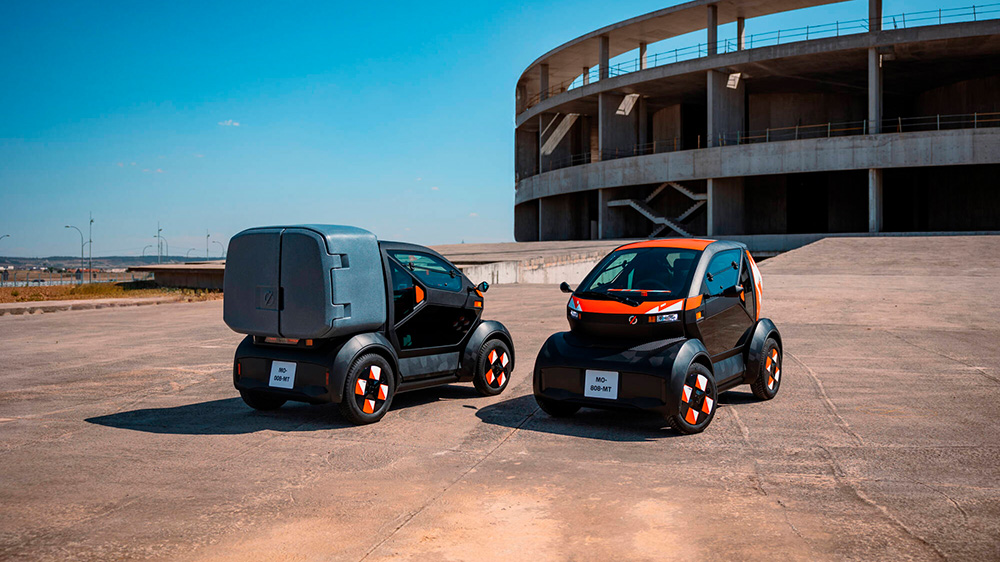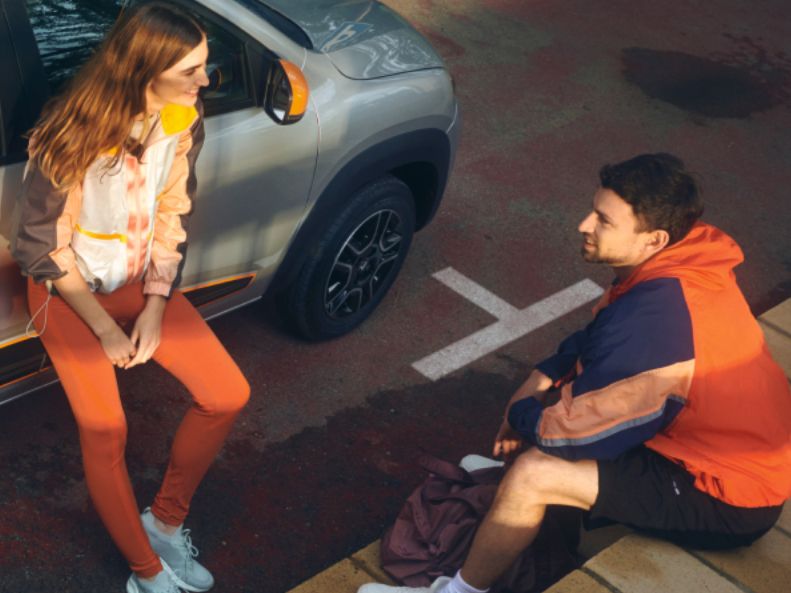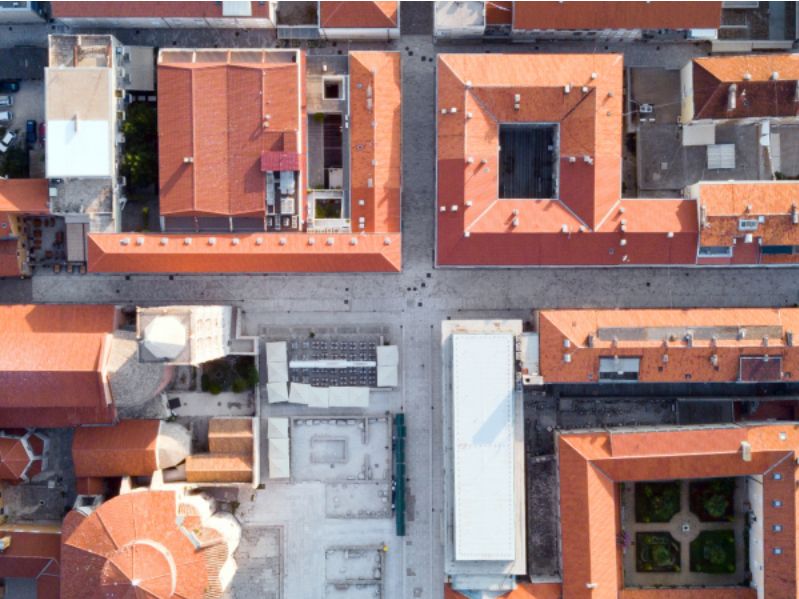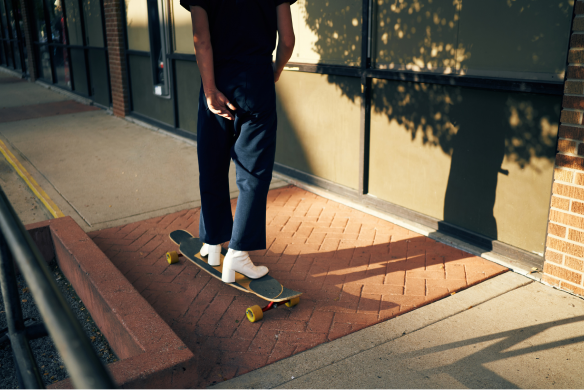★ ☆ ☆
redefining mobility
Mobilize. It’s a name that means something. This new brand from the Renault Group was created to design new ways of travel that are better adapted to our urban society. In the near future, means of transport will be decarbonized, easy to access using a smartphone and flexible. In cities, twenty-first-century residents can use a bike-share service to reach a station, where they then take a tram to the office.
Others, who live in suburban areas, can walk 400 meters to an electric car-sharing station and drive to their company in the city center, where it’s difficult to park, but where they have reserved parking places.
With this in mind, Mobilize designs electric cars that are specially adapted to various mobility services and to travel in urban areas with major constraints. The vehicles proposed “disrupt” the automotive industry. For decades, powerful gas-guzzlers from car plants were meant to cover long distances using fossil energy.
By 2030, cars will no longer be seen as a consumer object but as a link in the chain of mobility solutions. In 2021, young urbanites are looking for the right way to travel, rather than wanting to own a car. With a smartphone, they can quickly check to see which means of transportation to the airport or a suburban park is the closest to home and the fastest.
Mobilize listens to the profound aspirations of this new generation and offers the appropriate services, where a minimalistic car that is connected and pollutes as little as possible is one of many options.
★ ★ ☆
designing a global experience
Mobilize is much more than just a new brand. It’s a laboratory that is inventing the way we’ll travel in 2030, then in 2050. The teams behind this innovative structure design both the technology of these electric, connected vehicles and the software that enables using them with solid reliability. In this way, users won’t be in for unpleasant surprises, such as opening the door and discovering a car that has an uncharged battery. Above all, Mobilize produces cars that are tailored to be part of an ecosystem of car-sharing stations and transversal mobility.
“We offer a unique combination of hardware and software, with dedicated vehicles and cutting-edge services. In the future, when we offer access to a car within one minute from a living area, we will be proposing users an unparalleled, high-quality service. This offer will be adapted to the new needs of mobility, car-sharing and last-mile delivery”, says Clotilde Delbos, Managing Director of Mobilize, in the presentation of Renault’s new strategies.
Patrick Lecharpy, Director of Design for Mobilize, sums up the issues that shaped the way his teams approached the topic: “On the design side, the idea was not only to come up with a new vehicle, but also to think about the issues and problems of travel in urban areas. At Mobilize, we are therefore designing a global experience. Designing services required fully understanding users and their expectations, as well as the needs of operators and cities. Urban areas are faced with problems of parking, congestion and pollution. As for users, they don’t necessarily want to own a car but still need mobility solutions that are easy to access and pleasant to use”, says Patrick Lecharpy.
Mobilize tested all the available means of urban transport for several months; each time, this led to the same conclusion. “What’s the first point of contact for a service? A smartphone. The user experience always starts with an app”, continues Lecharpy. This is a mantra that Mobilize designers are well aware of.
★ ★ ★
vehicles designed for services
After this thorough grounding, Mobilize created a first prototype. A totally new mobility object was imagined to respond to the issues of the years 2020 to 2030. This vehicle was designed entirely for car-sharing. “It’s connected, electric, recycled and recyclable. A little vehicle that’s in tune with the times. The goal is to make it sustainable and propose an enjoyable experience of shared mobility. Driving it in a city will go well beyond simply traveling from Point A to Point B”, says Patrick Lecharpy.
In cities where the place of individual cars has been reduced, year after year, this prototype has a real role to play. “The day cities declare that their centers are 20 mph zones, our vehicle dedicated to car-sharing will be perfect because we can put three of them in one parking place. It’s in our interest to work with cities that are trying to avoid congestion, limit pollution and reduce parking space to recover areas for planting greenery”, adds Clotilde Delbos. Effectively, one car-sharing vehicle can replace up to ten private cars, opening up lots of room. The model has been designed with reinforced bumpers to adapt to users who are, in fact, less accustomed to driving than the owners of private vehicles.
Mobilize also wants to reinvent last-mile delivery. This is a crucial issue in metropolitan areas where, with the digital revolution accelerated by the Covid-19 pandemic, an increasing number of inhabitants are requesting delivery of products ordered online, with the risk of seeing scooters and thermal vans invade the streets. Under experimentation since 2019 by logistics professionals, a prototype that is specially dedicated to last-mile delivery enables Mobilize teams to analyze various types of feedback and adapt the concept or transform it into a standard utility vehicle. Stay tuned.





